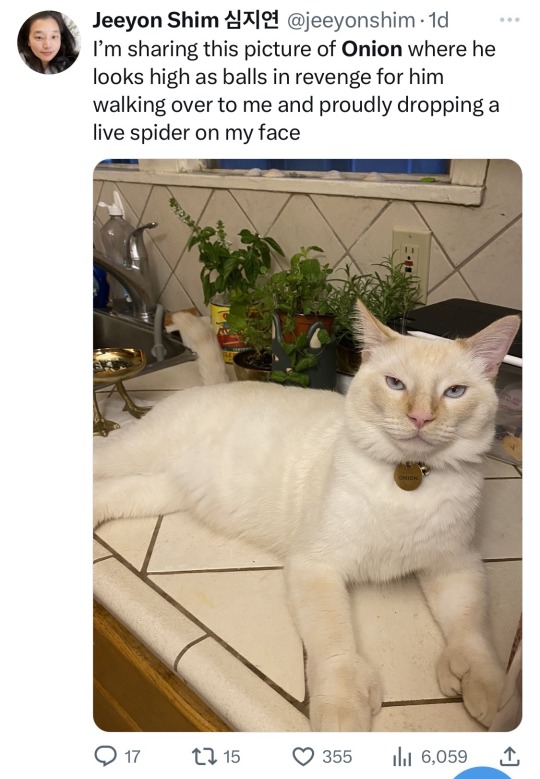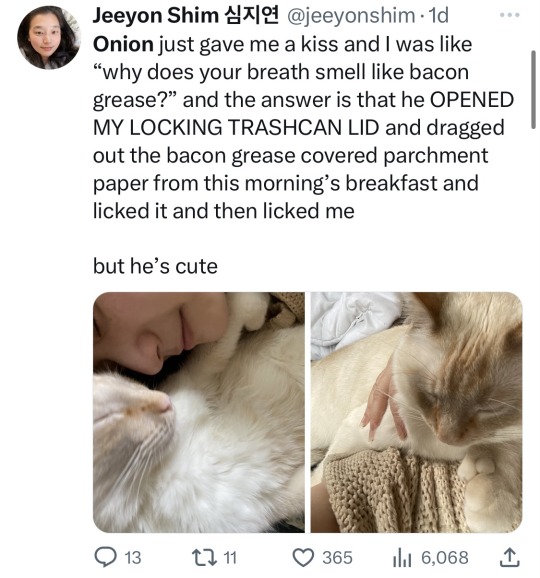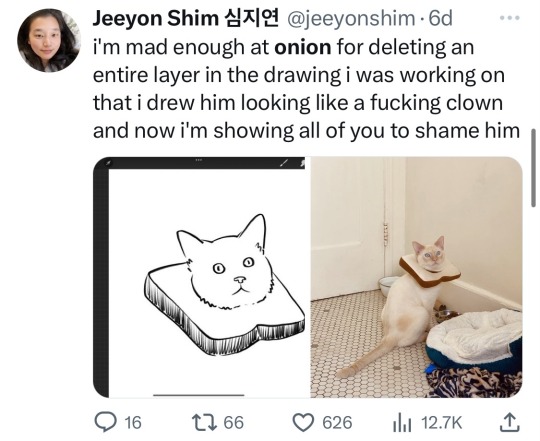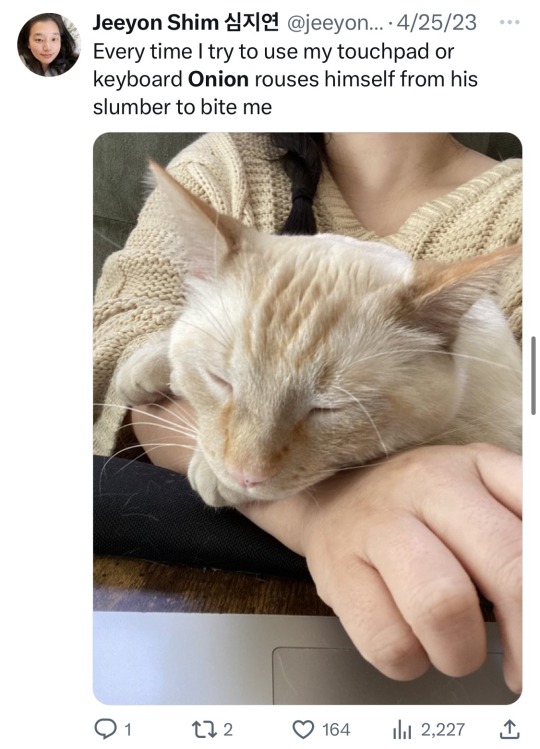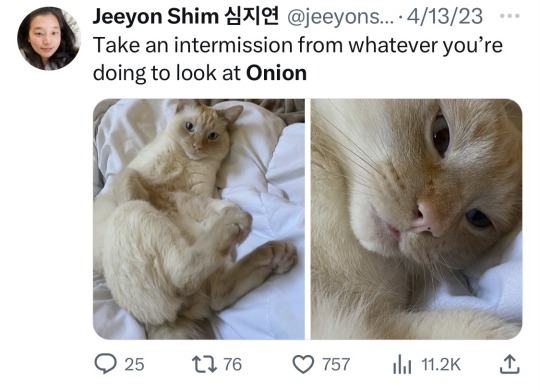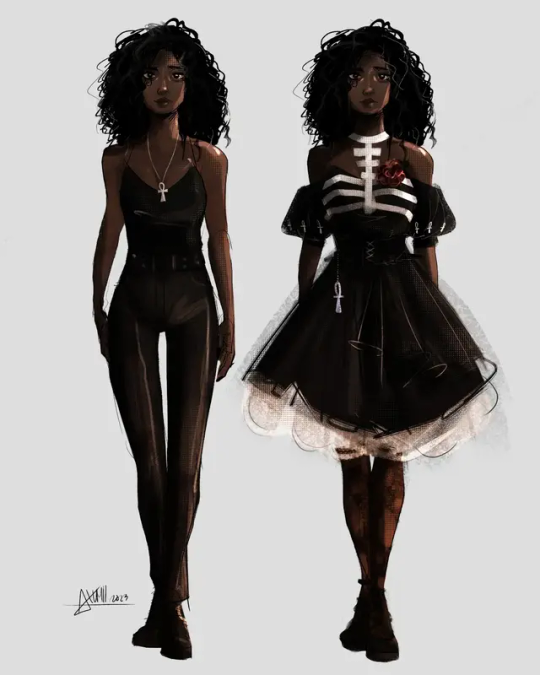Text

No idea the source, but here have this.
Edit: Source is Pretendo Games. Thanks to @happilyeveraftereveryday for finding them!
2K notes
·
View notes
Photo

PECAN PRALINE CHEESECAKE
Follow for recipes
Is this how you roll?
1K notes
·
View notes
Photo


Apple Dapple Cake With Salted Butterscotch Sauce
Follow for recipes
Is this how you roll?
1K notes
·
View notes
Text
So, as you know, or don't, an employee got fired from Starbucks and they posted all the recipes online =)








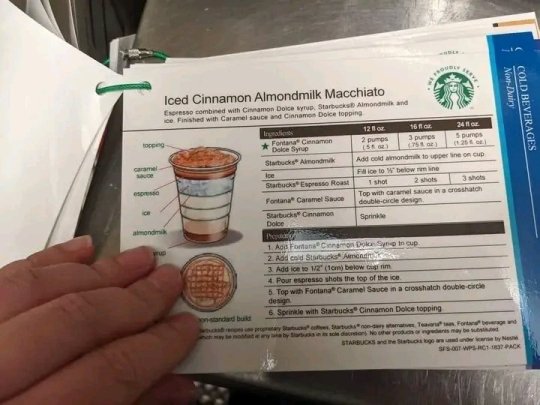














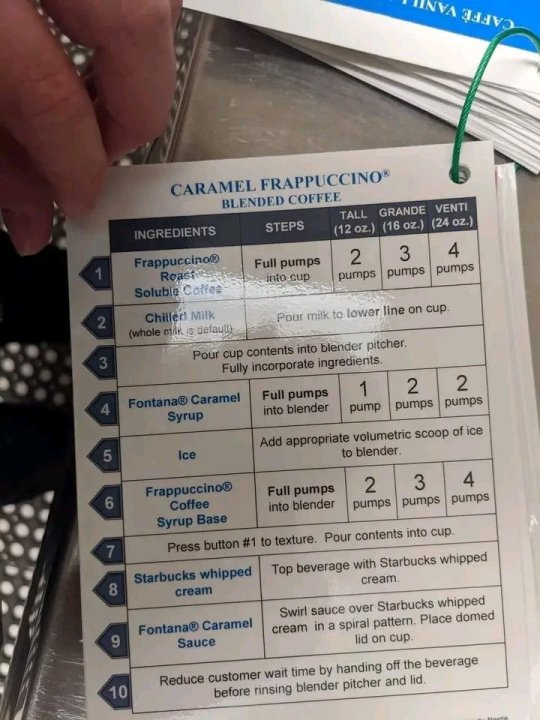






part 1
133K notes
·
View notes
Photo

Pressure Cooker Chinese Hot and Sour Soup
Pressure Cooker Chinese Hot and Sour Soup is an authentic vegetarian soup, with wood ear mushrooms, tofu and lily flowers. It is Gluten Free, Low Fat, Low Carb and super healthy!
Recipe => https://thisoldgal.com/pressure-cooker-chinese-hot-and-sour-soup/
276 notes
·
View notes
Text
Tips on keeping your scenes engaging
So I’ve been getting a few messages lately to the effect of “I’m not sure how to keep my descriptions interesting” or “I don’t know how to make this scene sound more interesting.” So while I could answer each of them one by one, it’s been a while since I’ve personally made a post on this blog and it’s a common problem anyway, so here’s some advice on constructing an engaging scene that I find to be helpful in my writing.
Learn how to juggle dialogue and descriptions. One of the biggest problems I see in beginning writers is they don’t yet know how to simultaneously describe a scene (what it looks like, what the characters are doing, etc.) and also keep dialogue between characters going. The trick here is not to lump all of your description in one big long paragraph and then have a long stretch of dialogue; instead, make the two weave in together so that you’re doing both at the same time and cutting out any unnecessary rambling.
Make sure you’re not adding unnecessary dialogue or details. If a scene drags, it might be because you’re spending too long on one bit of the story that doesn’t really matter. A scene where your characters are learning about the country they’re going to is fine, but don’t bog the reader down with a bunch of superfluous information about their economic structure or what the trees look like in autumn. Similarly, writing dialogue can be fun, but having your characters ramble at each other and not really get anywhere is just as boring. Everything you write needs to be moving the plot forward and be absolutely necessary for the reader’s understanding of the book.
If the content is what’s boring, try introducing a major event. Again, every scene needs to exist for a specific reason. If you feel like your prose isn’t what’s the problem, maybe ask yourself if the scene itself is dragging because it doesn’t really seem to be going anywhere. A scene in which all of your characters sit around and talk can be good for character development, but it may not feel like enough action is going on to justify it. Try adding in some sort of major event, or even ending the scene sooner so you can get to the major event that it necessitates.
If the scene isn’t working out, kill your darlings. Following up on that last point, if you’ve tried that and can’t figure out how to work an event into the scene or how to make it better, sometimes you just have to let it go. This is especially true if you’re only keeping the scene around because you really like it, even if you can’t figure out how to make it work. If I’m on the brink of deleting an entire scene from my project, usually I’ll copy/paste it into a new file, save it separately, and then cut it from my project. That way, if I decide I need to keep it, I can always pull it back up without having to worry.
Helpful links:
Writer’s Digest’s 10 Ways to Launch Strong Scenes
Writer’s Edit’s 6 Quick Tips For Writing Gripping Scenes
8 Steps to Writing a Perfect Scene—Every Time
How to write a scene: Purpose and structure
5K notes
·
View notes
Text

by Song Nan Li
Check out Tabletop Gaming Resources for more art, tips, and tools for your game!
517 notes
·
View notes
Text
Good Traits Gone Bad
Exploring good traits gone bad in a novel can add depth and complexity to your characters. Here are a few examples of good traits that can take a negative turn:
1. Empathy turning into manipulation: A character with a strong sense of empathy may use it to manipulate others' emotions and gain an advantage.
2. Confidence becoming arrogance: Excessive confidence can lead to arrogance, where a character belittles others and dismisses their opinions.
3. Ambition turning into obsession: A character's ambition can transform into an unhealthy obsession, causing them to prioritize success at any cost, including sacrificing relationships and moral values.
4. Loyalty becoming blind devotion: Initially loyal, a character may become blindly devoted to a cause or person, disregarding their own well-being and critical thinking.
5. Courage turning into recklessness: A character's courage can morph into reckless behavior, endangering themselves and others due to an overestimation of their abilities.
6. Determination becoming stubbornness: Excessive determination can lead to stubbornness, where a character refuses to consider alternative perspectives or change their course of action, even when it's detrimental.
7. Optimism becoming naivety: Unwavering optimism can transform into naivety, causing a character to overlook dangers or be easily deceived.
8. Protectiveness turning into possessiveness: A character's protective nature can evolve into possessiveness, where they become overly controlling and jealous in relationships.
9. Altruism becoming self-neglect: A character's selflessness may lead to neglecting their own needs and well-being, to the point of self-sacrifice and burnout.
10. Honesty becoming brutal bluntness: A character's commitment to honesty can turn into brutal bluntness, hurting others with harsh and tactless remarks.
These examples demonstrate how even admirable traits can have negative consequences when taken to extremes or used improperly. By exploring the complexities of these traits, you can create compelling and multi-dimensional characters in your novel.
Happy writing!
51K notes
·
View notes
Photo

Corn Fritters with Whipped Hot Honey Butter
Follow for recipes
Is this how you roll?
2K notes
·
View notes
Photo

Easy Old-Fashioned Coconut Cream Pie
Follow for recipes
Is this how you roll?
1K notes
·
View notes
Text

[Pinterest]
Check out Tabletop Gaming Resources for more art, tips, and tools for your game!
639 notes
·
View notes


